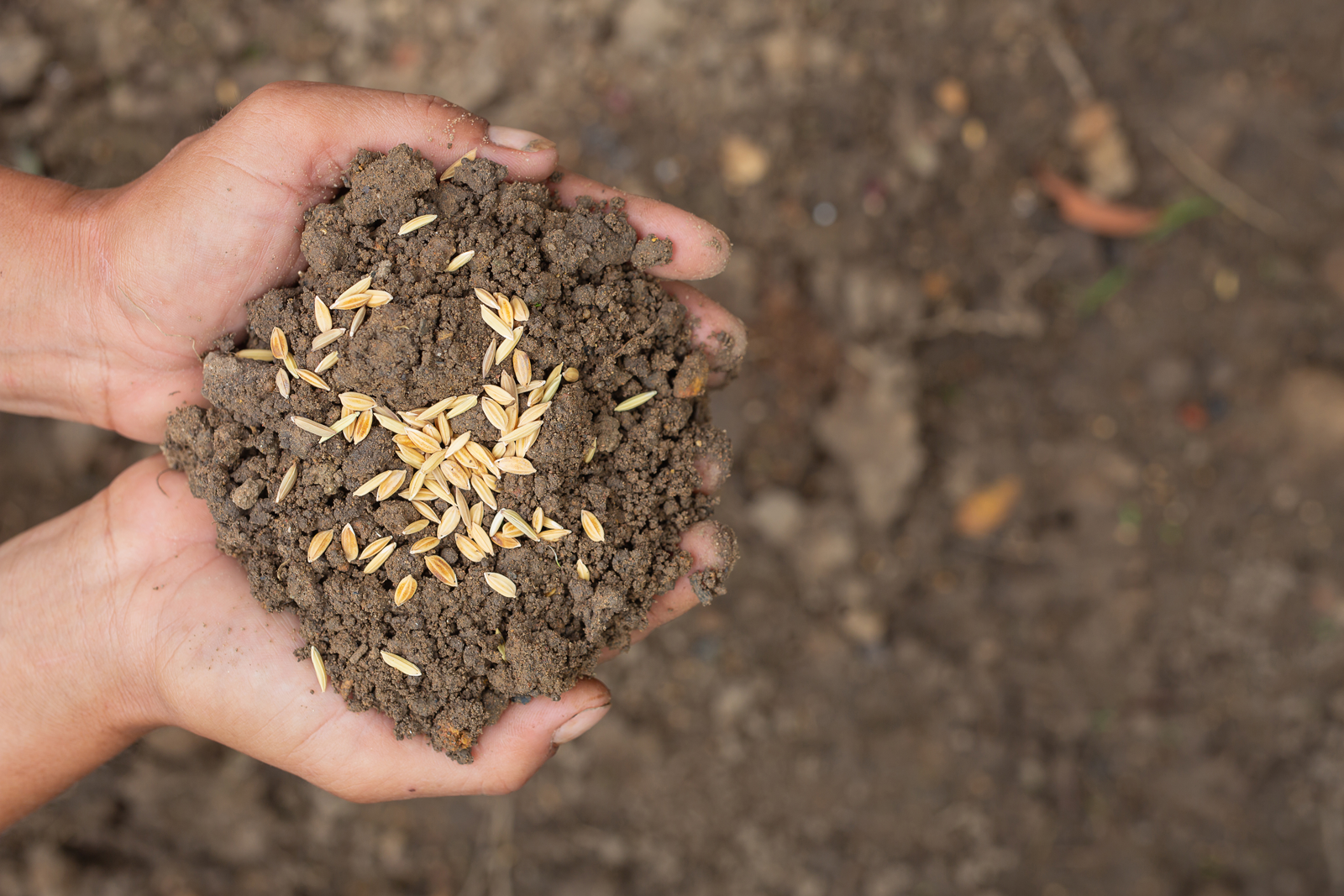“Always seek out the seed of triumph in every adversity.” ~Og Mandino
NOSB Spring Meeting
The National Organic Standards Board will meet via webinar April 29-May 1 from noon-5 EDT. Public comment session will also be via webinar April 22 and 24. Sign up for a three-minute comment slot by April 9. Along with voting on materials up for sunset, the Board will hear presentations from the National Organic Program and the Transition to Organic Partnership Program. See the meeting agenda and meeting documents for details.
AGENDA OVERVIEW
FOR VOTE:
- Pear Ester – petitioned for use in crop production; it was previously allowed for use in organic crop production under the synthetic pheromone classification until its correct reclassification as a kairomone. It is particularly useful in the management of codling moth, but toxic to aquatic life. The Subcommittee supports adding it to the national list. The Board would like information on other kairomones that may be in use for managing insect pests.
- Compost – The Subcommittee proposal is that synthetic feedstocks, including compostable packaging, will be evaluated through the National List process.
- Synthetic Compost Feedstocks – The Subcommittee is grappling with the effects of compostable synthetic food packaging plastics and cellulosic fiber-based materials in compost feedstocks. These products pose challenges related to unavoidable residual environmental contamination (UREC) and oversight to prevent contamination of compost. The Subcommittee has requested a technical report of resins and products that meet specific ASTM compostability standards in order to evaluate whether their chemical properties align with the tenants of organic production. See the discussion document for specific questions for stakeholders.
Comment during this discussion round. Votes will take place in the fall. The Board seeks additional input on substances listed in RED.
§205.601 Sunsets: Synthetic substances allowed for use in organic crop production: As algicide, disinfectant, and sanitizer, including irrigation system cleaning.
- Potassium hypochlorite
- Soap-based algicide/demossers
- Ammonium carbonate
- Soaps, insecticidal
- Sucrose octanoate esters
- Vitamin D3
- Aquatic plant extracts
- Lignin sulfonate
- Fatty alcohols (C6, C8, C10, and/or C12)
- Sodium silicate
- Paper
- EPA List 4 Inerts: The Subcommittee expects implementation of an improved listing in the next two years, replacing the reference to List 4.
- Arsenic
- Strychnine
FOR VOTE:
- Ethylene Annotation Change – petitioned to expand use of ethylene gas to include sprouting inhibition on organic potatoes and onions. The Subcommittee supports the change.
- Fish Oil CAS# Technical Correction –The fish oil listing at 7 CFR 205.606 includes two fatty acid CAS numbers (10417–94–4 and 25167–62–8); however, fish oil itself does not have a CAS number. The Subcommittee recommends deleting the CAS numbers, as a technical correction to the listing, to avoid confusion.
- L-Malic Acid Reclassification – The Subcommittee proposes adding a listing for synthetic L-malic Acid at 7 CFR 205.605(b) with a commercial availability limitation while retaining the nonsynthetic listing at §205.605(a). Two concerns raised at the previous NOSB meeting included the potential for setting a precedent for adding synthetic materials to the list and the implications for other materials that are the products of fermentation.
Comment during this discussion round. Votes will take place in the fall. The Board seeks additional input on substances listed in RED.
§205.605(a) Sunsets: Nonagricultural (Nonorganic) substances allowed as ingredients in or on processed products labeled as ‘‘organic’’ or ‘‘made with organic (specified ingredients or food group(s)).’’:
- Kaolin
- Sodium bicarbonate
- Waxes-nonsynthetic (wood rosin)
- Ammonium bicarbonate
- Ammonium carbonate
- Calcium phosphates (monobasic, dibasic, and tribasic)
- Low-acyl gellan gum
- Ozone
- Sodium hydroxide
- Carnauba wax
- Colors
- Beet juice extract color
- Beta-carotene extract color
- Black/purple carrot juice color
- Chokeberry, aronia juice color
- Elderberry juice color
- Grape skin extract color
- Purple sweet potato juice color
- Red cabbage extract color
- Red radish extract color
- Saffron extract color
- Cornstarch (native)
- Glycerin
- Inulin-oligofructose enriched
- Orange shellac
FOR VOTE:
- Annotation Change Iodine –The annotation change would ensure that iodine products used on organic farms are free from nonylphenol ethoxylates (NPEs). The Subcommittee supports the change.
Comment during this discussion round. Votes will take place in the fall. The Board seeks additional input on substances listed in RED.
§205.603 Sunsets: Synthetic substances allowed for use in organic livestock production: As disinfectants, sanitizer, and medical treatments as applicable
- Butorphanol
- Flunixin
- Magnesium hydroxide
- Oxytocin
- Poloxalene
- Formic acid
- Sucrose octanoate esters
- EPA List 4 Inerts: The Subcommittee expects implementation of an improved listing in the next two years, replacing the reference to List 4.
- Excipients
- Strychnine
FOR VOTE:
- Residue Testing in a Global Supply Chain Guidance – The proposal makes suggestions for updating NOP Guidance Documents NOP 2610 (Sample Procedures for Residue Sampling), NOP 2611 (Laboratory Selection Criteria), NOP 2611-1 (Prohibited Pesticides for NOP Residue Testing), NOP 2613 (Responding to Results) and NOP 5012 (Approval of Liquid Fertilizer for Use in Organic Production) and also recommends additional areas where guidance is needed so residue sampling can remain a critical verification tool in the certification process.
- Risk-based Certification – The Strengthening Organic Enforcement regulations increased complexity and added burdens to all operations, including those at low risk of fraudulent activity, sparking a desire to consider a risk-based approach to certification. The Subcommittee proposes a common set of definitions, baseline risk assessment criteria, the development of a process and matrix certifiers can use to determine the best certification approach to use per operation, and additional training and resource development.
Residue Testing in a Global Supply Chain—Regulation review – The proposal examines:
- Exclusion from organic sale (§205.671)– NOSB is reviewing the possibility of amending the regulations to clarify that an intentional application of a prohibited substance or excluded method removes the organic label (a.k.a. exclusion from sale as organic), regardless of whether a tolerance level is established.
- Unavoidable residual environmental contamination (UREC) Definition (§205.2)– NOSB proposes the following revision to the definition of UREC: Unavoidable Residual Environmental Contamination (UREC). Background levels of prohibited substances and excluded methods not caused by actions taken by organic farmers and ranchers and are, hence, typically beyond the control of certified organic operations.
- Number and Cost of Sampling and Testing (§205.670)
FOR DISCUSSION:
Sunset Review Efficiency – The Subcommittee recommends voting on sunset consent agendas by certification scope (i.e. crops, livestock, and handling) for substances that have strong and consistent support for relisting and if the NOSB has not received new information suggesting that substances do not comply with OFPA criteria. Under this approach, any NOSB member would retain the power to call for an individual discussion and vote for any sunset substance. A trial of this process will begin during the Spring 2025 meeting.
Materials up for Sunset review: 45
Proposals up for vote: 7
Discussion Documents: 5
Hours of public meeting time, including public comment: 25
Regulatory Updates
 Our New Analysis Examines Pesticide Residue Testing
Our New Analysis Examines Pesticide Residue Testing
“A Risk-Based Approach to Pesticide Residue Testing in Organic Certification,” a new analysis prepared by our team at Wolf & Associates recommends pesticide residue sampling protocols that address the realities of unavoidable residual environmental contaminations while maintaining the integrity of the National Organic Program and minimizing the burden on farmers. Bill Wolf will be discussing this approach at the Biological Products Industry Alliance conference. Stop by the Wolf & Associates table there to share your thoughts.
Our take: Something needs to be done to streamline testing protocols and investigations in order to take into account de minimus levels of drift and unavoidable residual environmental contamination (UREC). This proposal makes sense, is based on risk-analysis, and maintains integrity.
The Survey Says…
Our take: Certification bolsters consumer confidence. Not sure how it could work for your business? Schedule an appointment with us to discuss your options.
Price Gap for Organic Produce Narrows
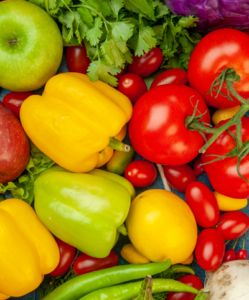 The gap between organic produce prices and nonorganic prices is closing, and sales of organic fruits and vegetables are growing, reports the Organic Produce Network. In 2021, the cost gap was 71%, compared to 61% in 2024. Sales volume of organic produce is up 6.3% for the 52 weeks ending January 26, 2025 compared to the previous year period, nearly double that of non-organic produce at 3.2%. During that time, the average price of organic fresh fruits and vegetables dropped 1.2%, while corresponding non-organic prices rose 0.4%. Organic produce represents about 12% of the market.
The gap between organic produce prices and nonorganic prices is closing, and sales of organic fruits and vegetables are growing, reports the Organic Produce Network. In 2021, the cost gap was 71%, compared to 61% in 2024. Sales volume of organic produce is up 6.3% for the 52 weeks ending January 26, 2025 compared to the previous year period, nearly double that of non-organic produce at 3.2%. During that time, the average price of organic fresh fruits and vegetables dropped 1.2%, while corresponding non-organic prices rose 0.4%. Organic produce represents about 12% of the market.
Our take: Reduced prices for organic products do attract more customers. However, there will likely always be a price gap, especially if the external costs (pollution, degraded soil, medical costs, etc.) of using materials prohibited in organic are not being borne by the people who use those materials.
Industry News & Notices
Progressive Dairy reports growing optimism among dairy producers as consumer demand increases, mailbox prices rise and inflationary pressures decrease. Nevertheless, organic dairy farms face challenges from immigration reform, tariffs, labor, uncertainty from the President’s administration, increased organic certification costs and paperwork, and lack of business data comparable to what the government provides for non-organic dairies. Those challenges may be behind an estimated 20% reduction in organic dairy farms nationwide.
Our take: Loss of organic farms for preventable reasons is a serious concern. Public policy changes can level the playing field for organic farmers and provide a better safety net for difficult times. Organic advocacy groups working in concert can effect change if we all do our part.
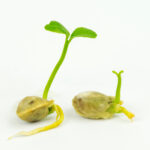 IFOAM Examines Seeds, Biodiversity, and Farmers’ Rights
IFOAM Examines Seeds, Biodiversity, and Farmers’ RightsTo celebrate the International Day of Seeds on April 23, IFOAM—Organics International will host a discussion on protecting seed sovereignty, resisting corporate influence, and strengthening farmers’ rights. A panel of experts from around the world will share strategies to ensure a future where farmers, breeders, and communities thrive. Registrants will receive access to a recording of the webinar.
Our take: Seeds matter! Developing seeds for organic growing conditions is an important research priority that will optimize performance and all the benefits organic agricultural systems offer.
OTA Funded to Promote US Products Abroad
The Organic Trade Association will use $1,042,035 in USDA Market Access Program funds to promote US organic products internationally in 2025. This funding includes $971,393 in new allocations and $70,642 in carryover funds. The award comes alongside the additional $2.5 million received at the end of 2024 from the second tranche of the Regional Agricultural Promotional Program (RAPP). Along with activities at major international trade shows, OTA plans to continue its consumer promotion activities in Japan, Canada, and Hong Kong, along with launching new promotions in Southeast Asia, Europe, and Latin America. The USDA has estimated that for each $1 invested in export market development, U.S. agricultural exports have increased by more than $24.
Our take: Promoting US organic products internationally is an investment that pays off.
Organic Community
 Meet Our Associate, Connie Karr
Meet Our Associate, Connie KarrConnie Karr boasts over 25 years of experience in organic certification and sustainable agriculture. As a key leader at Oregon Tilth, she led extensive teams and managed multi-million-dollar budgets, driving policy improvements and strategic growth.
“What excites me most about joining Wolf & Associates is the opportunity to work alongside a team dedicated to strengthening the organic movement from the inside out. I look forward to helping certifiers and operators grow with confidence, clarity, and a commitment to continuous improvement,” she said.
Her passion for organic standards was sparked early in her career, and she has since been pivotal in shaping strategy and policy in the sector. This commitment was fueled by the organic movement’s expansion, emphasizing the need for robust, transparent standards.
Professionally, Connie enhanced operations at Oregon Tilth by spearheading training programs that significantly improved productivity and compliance knowledge. Her leadership not only streamlined processes but also bolstered team performance and adaptability.
Educated in Agricultural Sciences at Oregon State University, Connie’s early life on a conventional farm provided her with invaluable insights into agricultural challenges. This background has been instrumental in her ability to connect conventional and organic farming practices, fostering strong industry relationships and enhancing compliance processes.
Outside of her professional life, Connie manages a small farm with her son growing hazelnuts, produce and runs a farm stand. A lover of dragonflies, Connie sees them as symbols of transformation—a theme that resonates deeply in both her personal and professional life. Her favorite anthem, “Ain’t No Mountain High Enough,” echoes her resilient spirit and commitment to overcoming challenges in the organic sector.
 Wolf & Associates Proudly Supports the Organic Trade Association’s Educational Webinar Series
Wolf & Associates Proudly Supports the Organic Trade Association’s Educational Webinar SeriesAt Wolf & Associates, we are committed to strengthening the organic industry by supporting education, advocacy, and collaboration. That’s why we are proud to sponsor the Organic Trade Association (OTA) and their educational webinar series, designed to provide valuable insights and guidance on critical industry topics.
Held in March, the first webinar in this series focused on risk-based certification issues on the agenda at the NOSB Spring Meeting in April. OTA members can listen to a recording of the webinar.
Keep an eye out for details about the second webinar in the series slated for mid-June and focusing on Animal Welfare.
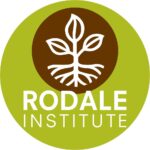 Congratulations, Rodale Institute!
Congratulations, Rodale Institute!Rodale Institute has been named one of Fast Company’s Most Innovative Companies in Agriculture for 2025. The magazine highlighted Rodale for “leveraging its decades of knowledge in organic and regenerative farming to bring more farmers and consumers aboard.”
Our CEO Bill Wolf serves on Rodale’s board, so we’re honored to be a small part of this influential organization.
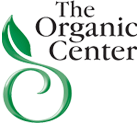 And the Award Goes To. . .
And the Award Goes To. . .The Organic Center and Organic Voices honored outstanding organizations during “An Organic Night Out” at the Natural Products Expo in Anaheim California. Congratulations to all the honorees, who were nominated and chosen by their peers:
- Organic Company of the Year – Lundberg Family Farms
- Best New Organic Food Product – Painterland Sisters’ Passionfruit Skyr Yogurt
- Best New Organic Beverage – Traditional Medicinals Stress Ease® Teas
- Best New Non-food product – True Grace True Littles MicroVeggies™
- Most Impactful Research Finding – University of Minnesota WCROC studied red seaweed supplementation in organic dairy cattle and showed its potential to significantly reduce methane emissions without affecting milk production, animal health, or product quality.
- Best Organic Messaging (Social Media or PR) – Pete and Gerry’s “Eggs as Nature Intended”
- Best Organic Retailer Activation – MOM’s Organic Markets
- Best Organic Supplier – Gallant International, Inc.
- Emerging Organic Brand of the Year – Lil Bucks

